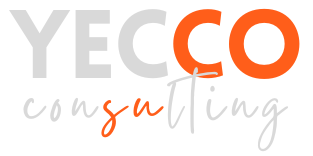How soft is Creativity?
Creativity is a multifaceted and dynamic ability that involves generating novel ideas, thinking critically, and solving problems in innovative ways. The classification of creativity as a soft skill has been a subject of debate, as it possesses characteristics of both soft and hard skills.
Soft skills typically refer to interpersonal and communication abilities, emotional intelligence, and other non-technical skills that enhance one's work performance and relationships. Creativity, in this context, aligns with the softer side of skills as it involves thinking outside the box, adapting to change, and expressing oneself in unique ways. It encompasses traits like originality, flexibility, and the ability to connect seemingly unrelated concepts. These aspects contribute to effective collaboration, communication, and overall workplace success.
On the other hand, creativity also involves a cognitive dimension that includes problem-solving, critical thinking, and analytical skills. This cognitive aspect aligns with what are traditionally considered hard skills – skills that are teachable and measurable. For instance, the ability to analyse data, identify patterns, and make informed decisions are crucial components of creative thinking that have a tangible impact on problem-solving.
In the workplace, creativity is increasingly recognized as a valuable asset. Businesses and organizations seek employees who can adapt to evolving challenges and contribute fresh perspectives to drive innovation. Creativity enhances problem-solving by encouraging individuals to approach issues from various angles, leading to more comprehensive and effective solutions. In this regard, creativity transcends the traditional soft skill category and becomes a vital component of strategic thinking and decision-making.
The integration of creativity with technology further blurs the lines between soft and hard skills. In the digital age, creative skills are increasingly intertwined with technical proficiency. Proficiency in graphic design software, coding languages, and digital media production, for example, requires a combination of creativity and technical knowledge. This intersection challenges the conventional classification of creativity as solely a soft skill, highlighting its synergy with hard skills in certain contexts.
Moreover, the educational landscape is evolving to recognize the importance of fostering creativity alongside technical expertise. STEAM (Science, Technology, Engineering, Arts, and Mathematics) initiatives emphasize the integration of arts and creativity into traditionally STEM-focused disciplines, acknowledging the interconnectedness of these skills for holistic problem-solving and innovation.
In conclusion, while creativity shares characteristics with soft skills, its cognitive dimensions and impact on problem-solving suggest a more nuanced categorisation. Creativity is a skill that traverses the boundaries between soft and hard skills, encompassing elements of both. Recognising its dual nature is crucial for individuals and organisations seeking to cultivate a workforce capable of navigating the complexities of the modern world. In today's dynamic and rapidly changing environment, the ability to think creatively is not just a soft skill – it's a dynamic force that drives innovation and success across various domains

